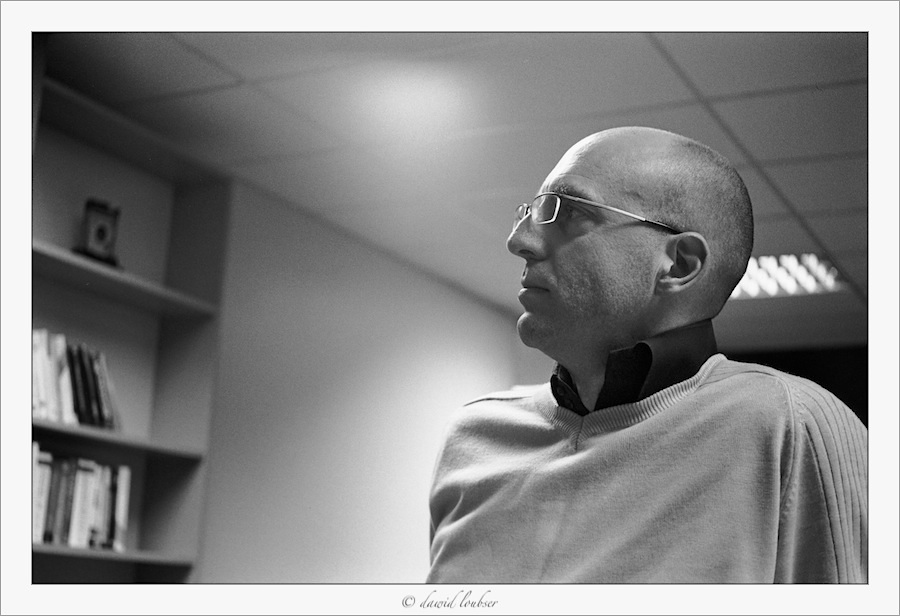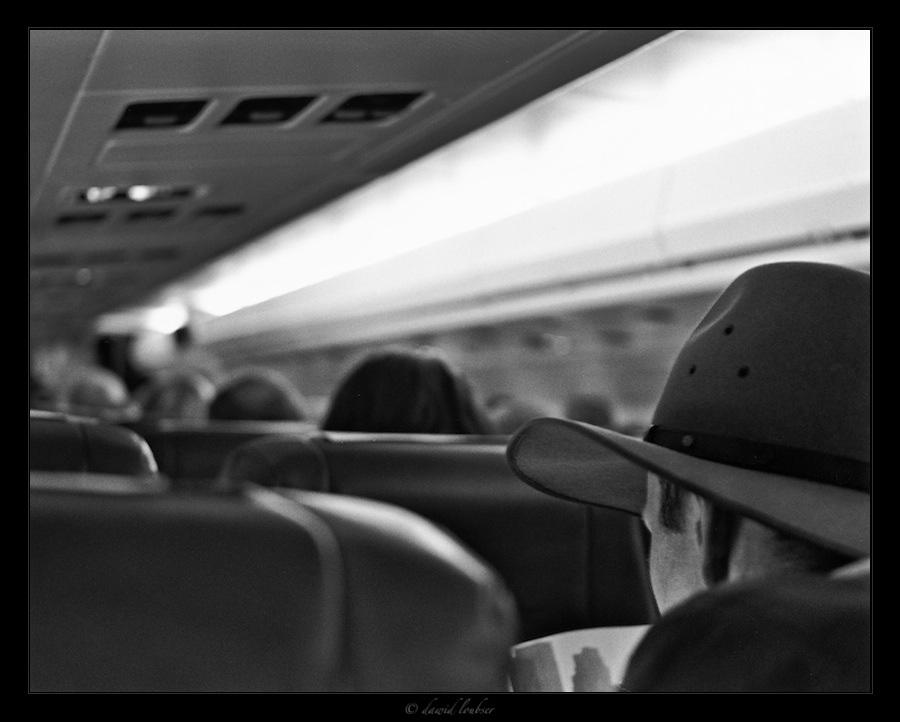The 50/3.5 is the only lens I currently care to use on a rangefinder camera (Leica M3). With all due respect, the earlier images posted by
raid suffer from softness due to vibration and incorrect focus, that much is plain to see. I wanted to post some extra ones for informational purposes.
The 50/3.5 Heliar is by all accounts the highest-performance M-mount lens available at any cost (it basically ties with, or exceeds the performance of the Leica 50/1.4 ASPH at similar apertures). It resolves 100lp/mm in the corners wide open, and is absolutely free of visble optical abberrations at any aperture. Use it at f/3.5 with gusto, even for huge prints. It resolves detail down to individual grains even in Ilford Pan F (though I usually use the brilliant modern 400-speed films with it, TMY2-400 is my favourite).
It is, however, not a high-contrast lens, which I find pleasant (as somebody who makes analogue prints). This, coupled with nice soft out-of-focus areas, make it less "clinical" by most accounts of what that means. And this s much more important, pictorially, than resolution (which everybody seems to obsess about). It's a great little precision tool. These were some of my earliest images with it (all scanned 8x10in prints, all taken at f/3.5):
(last on has lower resolution due to vibration, had to use something like 1/15s on a moving plane
🙂





